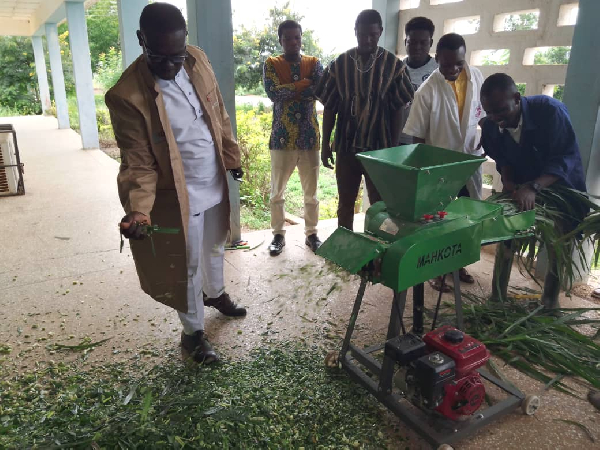promotes healthier living, mindful food choices, and sustainable habits. One of the easiest and most rewarding ways to adopt this lifestyle is by turning your backyard into a source of nourishment. When you grow your food, you control what goes into your body and onto your plate. From crisp vegetables to fresh herbs, your garden can become the foundation of your .
With just a few simple steps, you can cultivate fresh ingredients that support your wellness goals and elevate every bite.
Gardeners harvesting carrots in a community garden
The easiest way to embrace is by growing the foods you love to cook and snack on. When you plant what you eat most often, you're not just cutting costs — you're gaining control over the freshness and nutrition of your ingredients. Starting small with staples like tomatoes, lettuce, peppers, and herbs gives your a reliable base.
If you're new to gardening, the trick is to grow what fits naturally into your kitchen routine. Think about the meals you make every week and the produce you buy most often. Incorporating homegrown ingredients into your go-to dishes makes it easier to consistently and keep your on track. Fortunately, there are some beginner-friendly crops to include in your .
Starting small with easy-to-grow vegetables and herbs ensures that you'll always have the essentials for your right outside your kitchen door.
Gardeners harvesting tomatoes in a community garden
If you're serious about , your garden should reflect how you want to nourish your body. That means growing plants that directly support your — not just what looks good in the yard. When you plan with intention, your backyard transforms into a living extension of your kitchen. Think of your garden as the beginning of every meal you prepare.
Simple and practical steps can help you design a purpose-driven garden for your plate.
| Steps | Details |
|---|---|
| 1 | Grow what you eat often: Start with your . |
| 2 | Group plants by meal type: Breakfast herbs, salad greens, or smoothie add-ins. |
| 3 | Prioritize variety: A diverse, starts with a diverse garden. |
| 4 | Use companion planting: Boost yields naturally and make gardening more efficient. |
| 5 | Plan harvests around your schedule: Plant crops aligned with your . |
| 6 | Create a garden journal: Track what ingredients you use most in your . |
Designing a garden with purpose helps you avoid food waste and reduce trips to the store.
Two gardeners harvesting peppers in a community garden
One of the most powerful reasons to grow your own food is the ability to control precisely what goes into your soil and onto your plants. When you're committed to , avoiding synthetic fertilizers, pesticides, and herbicides is key to keeping your food as natural and nourishing as possible. By embracing , you eliminate harmful chemicals that can compromise your health and the environment.
When your produce is grown without artificial inputs, you're protecting your body and making it easier to stick to your . Every tomato, pepper, and leafy green you grow becomes a trusted ingredient in your kitchen, helping you confidently prepare and that align with your values. But first, you need to learn how to keep your garden harvest chemical-free for better, .
Gardeners in a community garden harvesting onions
Seasonal planting is one of the smartest strategies to maintain a all year. By rotating your crops based on the seasons, you'll always have access to fresh, nutrient-dense ingredients straight from your backyard. Seasonal planting also supports soil health and biodiversity, helping plants grow stronger and more flavorful.
Planting with the seasons reduces your dependency on out-of-season produce from the store and brings your closer to home.
A gardener holding kale in a community garden
If you want to make a permanent lifestyle shift, start by embracing garden-to-table meals. Cooking straight from your backyard means using ingredients at their nutritional peak — packed with flavor, fiber, and vitamins. This is where gardening and nutrition naturally intersect, giving you the freshest way to fuel your body.
Whether tossing a quick salad with freshly harvested spinach or simmering a tomato sauce with vine-ripened Roma tomatoes and garden-grown herbs, you're creating dishes that taste better and nourish deeper. Incorporating garden produce helps you consistently without relying on store-bought shortcuts that don't align with your.
Cooking fresh from the garden lets you stay connected to your food while following your . Every meal becomes a celebration of flavor, wellness, and sustainable living.
Your garden isn't just a pretty patch of green — it's your secret weapon in the . By planting smartly, avoiding chemicals, and harvesting with intention, you're setting yourself up for success in your .
Every step you take in the garden is a step toward better meals, better habits, and a better lifestyle. So dig in, get your hands dirty, and let your backyard lead the way to delicious, all year.













